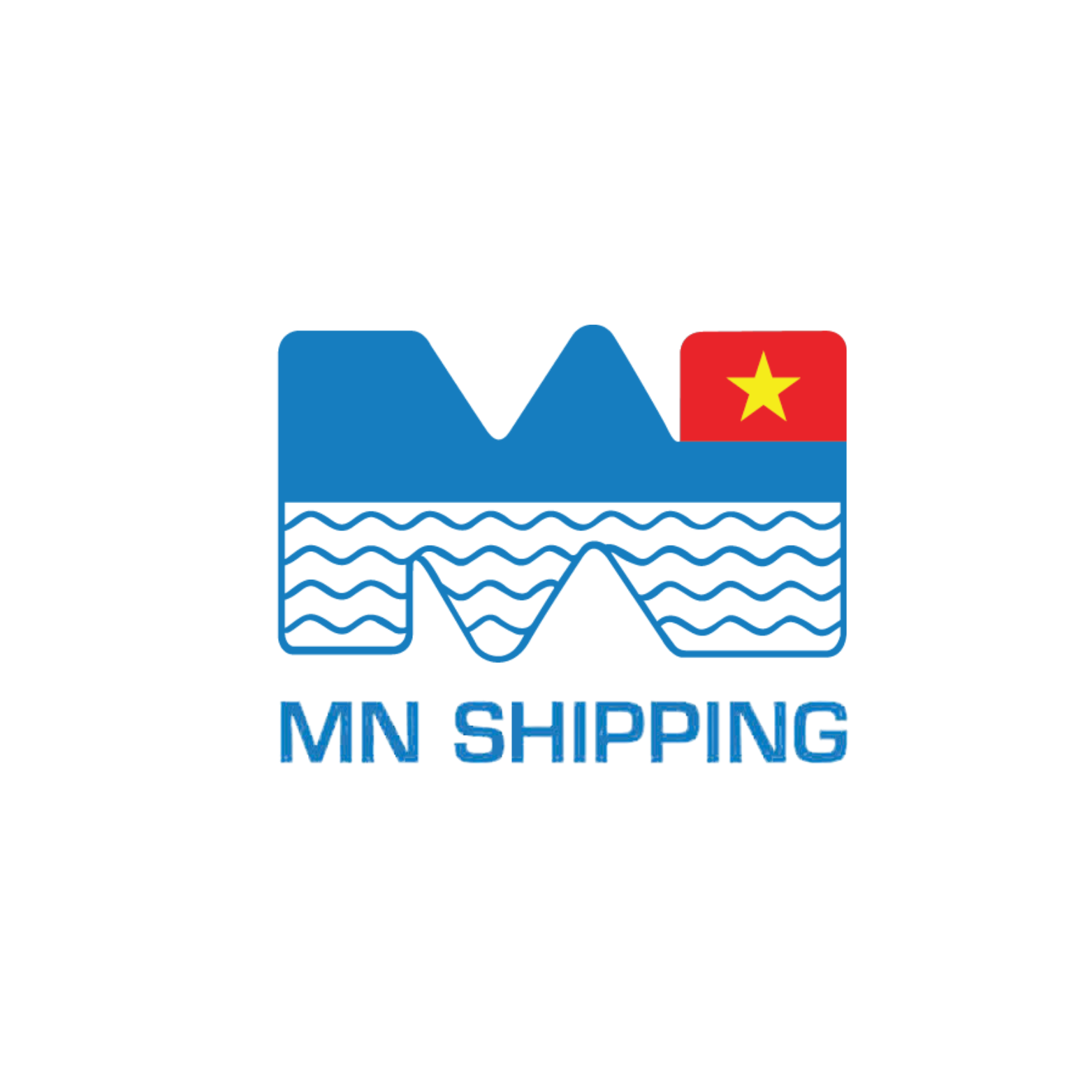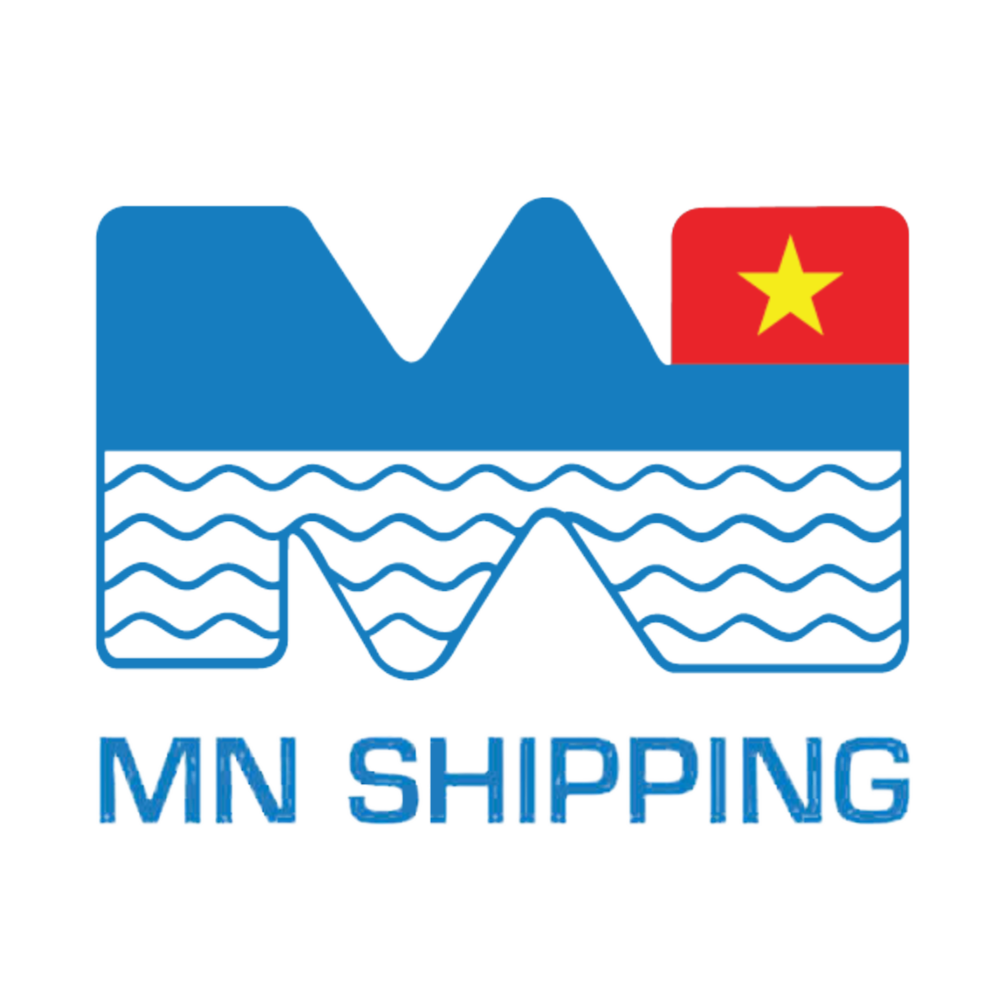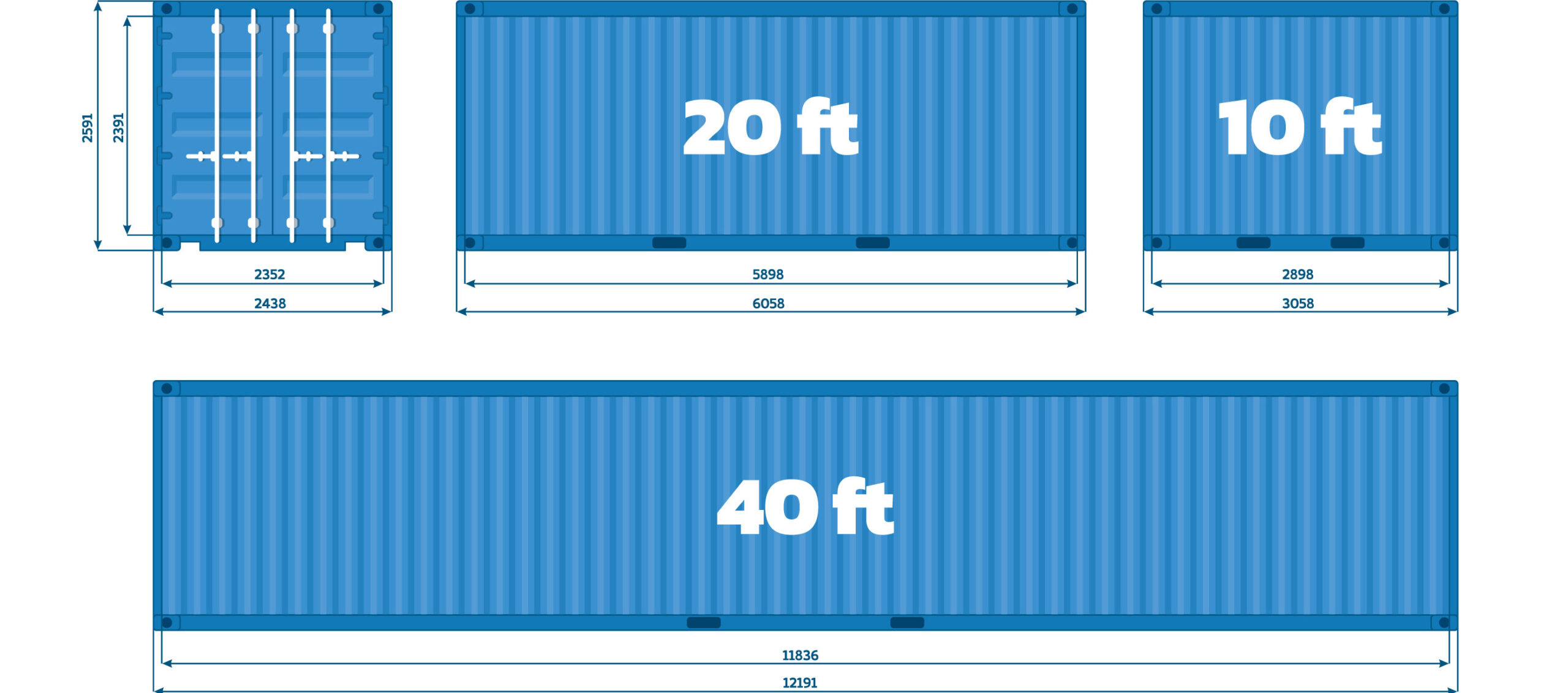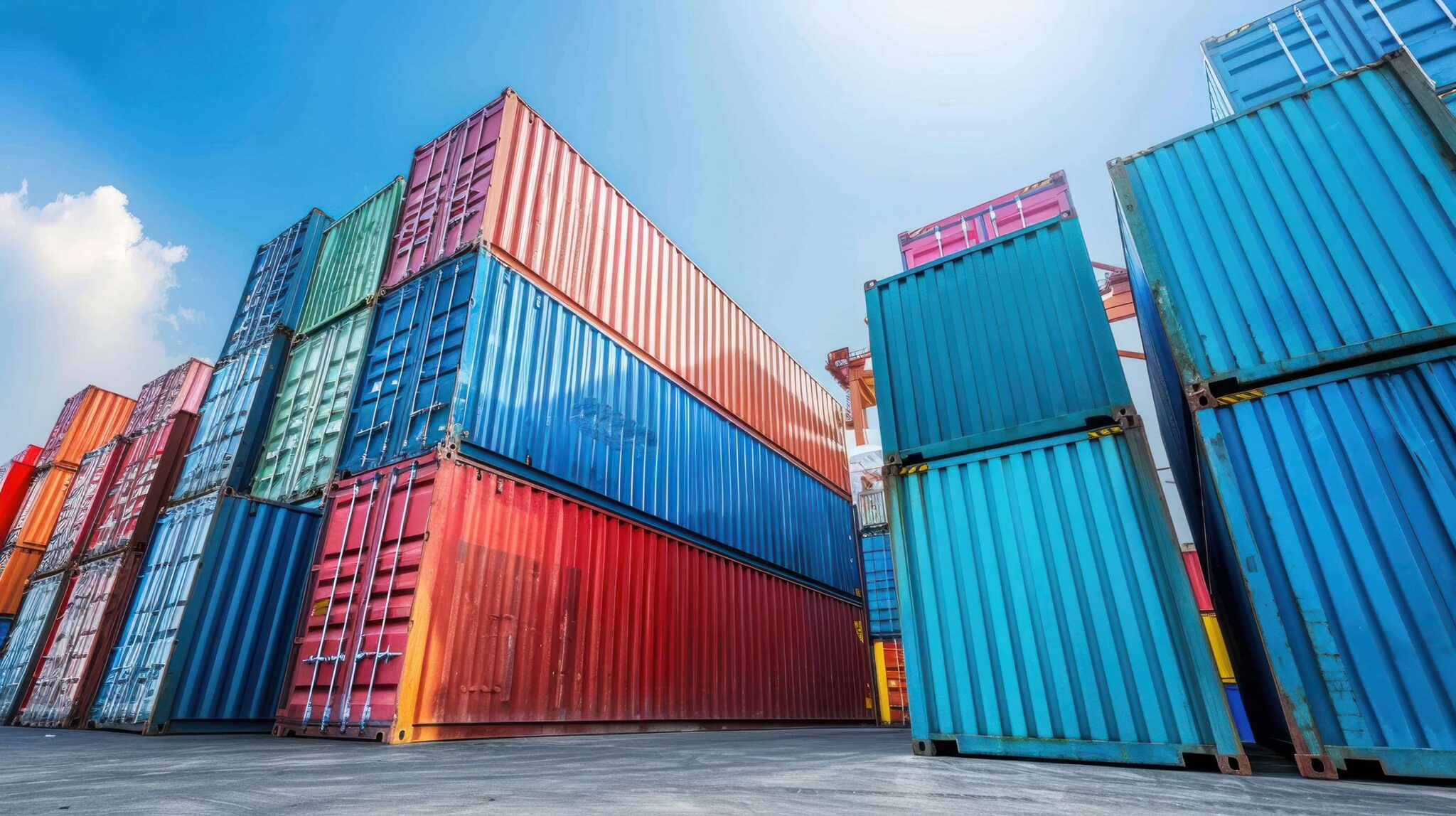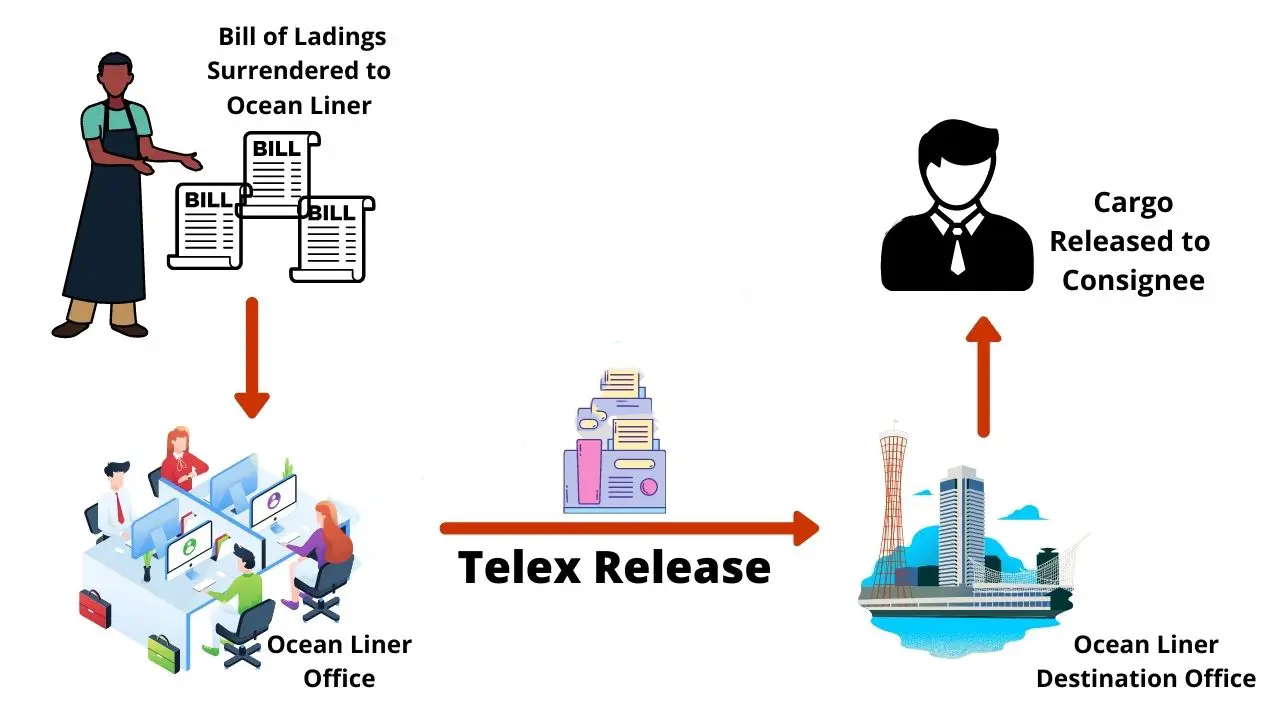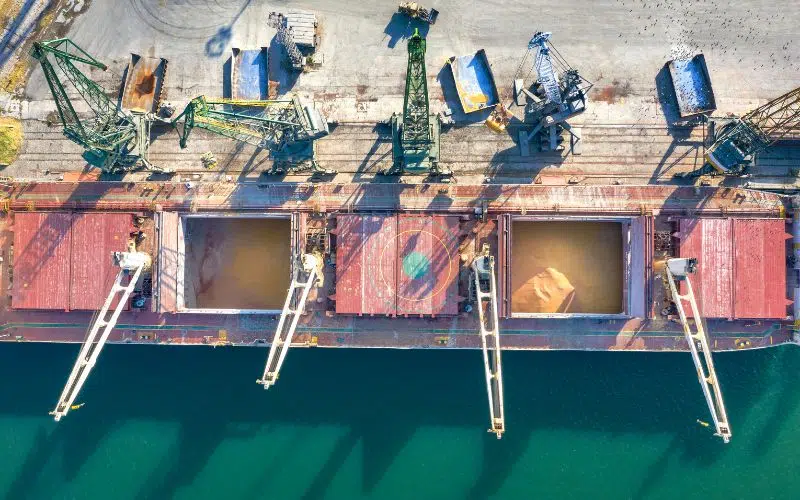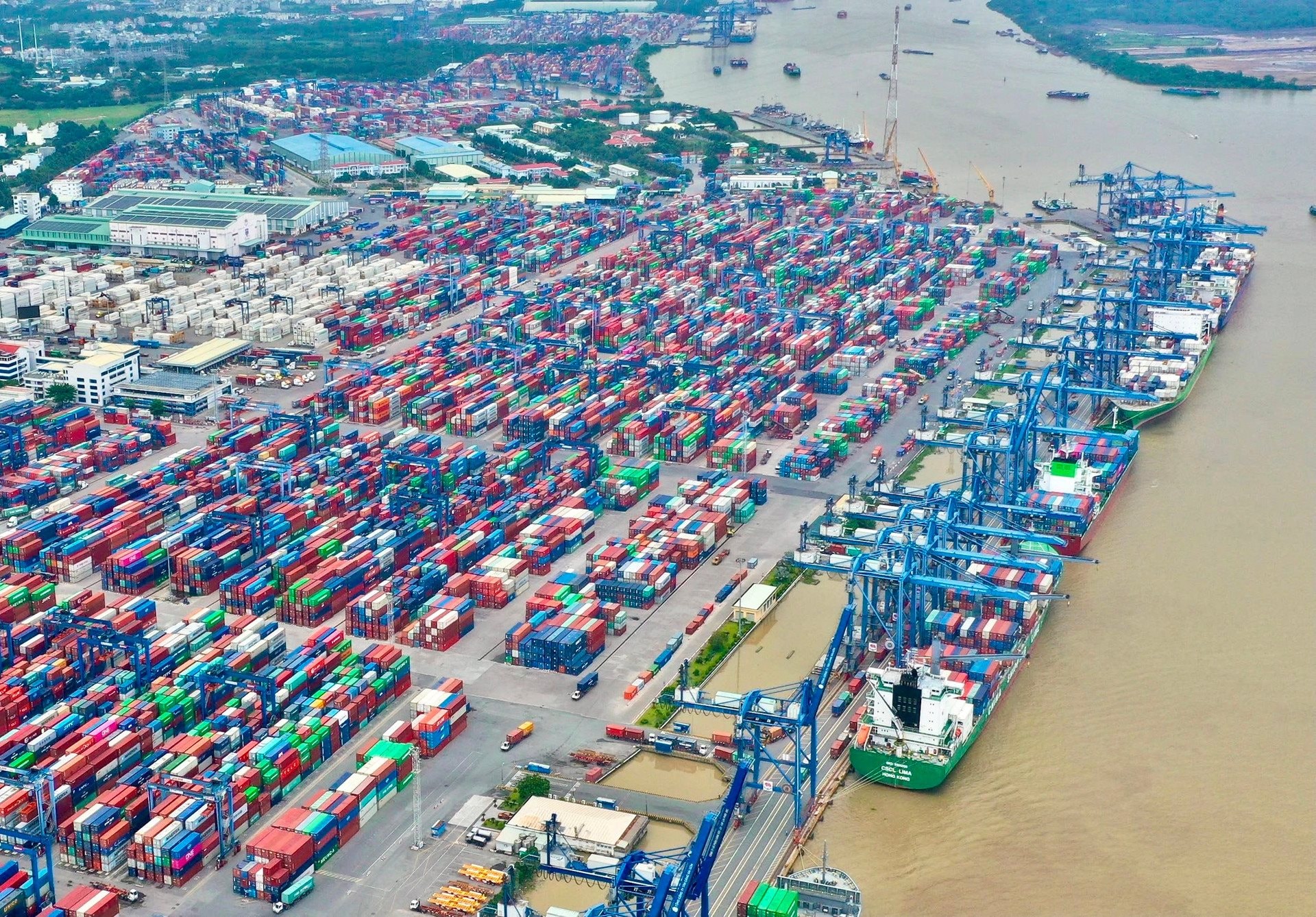The shipping and maritime sectors are transforming. From digitisation to stringent environmental protection laws to changing shipping container dimensions, new technologies, amendments, regulations, etc., are continuously added to the industry.
One of the most significant transformations in the history of shipping and the maritime sector was the introduction of the first cargo container, which drastically reduced the price of transportation of products. Today, different shipping container dimensions are used depending on the type of cargo.
As of today, more than 17 million containers of different dimensions and types are used globally to make container shipping the most efficient method of transportation.
The ISO sets the standard shipping container dimensions. These containers are ISO certified, which means they are brought into business only when manufactured and tested per the specifications provided by the International Organization for Standardisation to ensure that the freight is suitable for multiple transportation modes, i.e. via cargo ship, truck or rail.
The ISO Shipping containers must fit perfectly onto ships and lock into chassis and trailers. They also stack perfectly on railcars, saving space and making the transportation of goods easier and more convenient.
The weight of the container is divided into three types:
- the tare weight,
- the gross weight,
- and the payload.
This article will discuss the critical specifications of shipping containers, including storage container dimensions and markings. The materials used for manufacturing a shipping container are either aluminium or steel, making them excellent for dry and packaged cargo.
The advantage of dry aluminium containers over steel containers is that the former handles a slightly larger payload, whereas the dry steel containers have a slightly larger internal cube.
Following are the dimensions of standard shipping containers used in the international shipping market:
20 ft. shipping container dimensions
A standard ISO container of 20ft is the most popular and is used by ships of all sizes, big or small. The twenty-foot container dimensions are as follows:

The twenty-foot shipping container can carry the maximum gross weight of 30480 kg / 67200 lbs for general-purpose containers and up to 45,000 kg (99,207 lbs) for flat racks.
A 20 ft reefer container has a payload capacity of 27 400kg. Other special type containers include double door and flat rack containers.
40 ft shipping container dimensions
A 40-foot standard container dimension offers double the volume compared to a 20-foot container, costing 15-25% more than the latter. It makes the 40-foot containers the most cost-efficient shipping container for goods transported by ship.
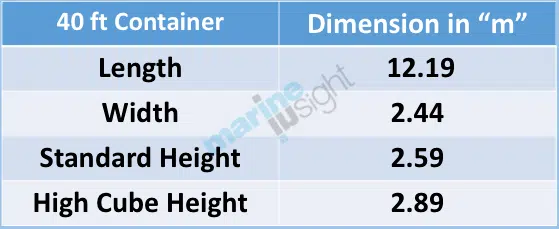
A 40ft shipping container can carry a maximum weight of 30480kg / 67200lbs for general purpose containers, up to 60,000 kg (123,276 lbs) for Flatracks and 35,000 kg (77,161 lbs) for reefer containers.
45 ft shipping container dimensions
45 ft containers provide slightly better cubic feet capacity than a 40 ft container, giving valuable extra space to the shipper and giving the following advantage:
- Efficient Cargo Transportation
- Potentially Lower Transport Cost
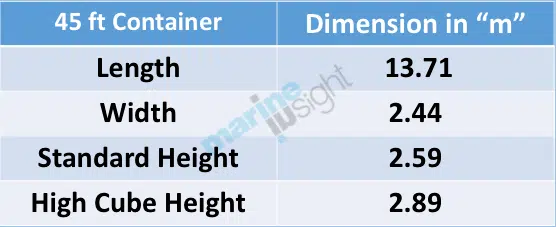
The payload capacity of a 45 ft container is almost similar to a 40 ft container.
The above specifications are a representation of the commonly used containers. Specific container dimensions and capacity of the ISO containers may vary depending on the manufacturer, the age of the container, and the container owner.
Other shipping container dimensions are available in the market, mainly used for road and rail transportation – 8ft, 9ft,10ft, 53 ft, and 60 ft.
Apart from standard containers, there are also high-cube shipping containers, usually higher than standard containers. They are great for transporting overweight cargo.
Markings on a shipping container
The standard for coding, identification (container ID), and marking containers is DIN EN ISO 6346, dated January 1996.
Following are the different markings provided in an ISO container.
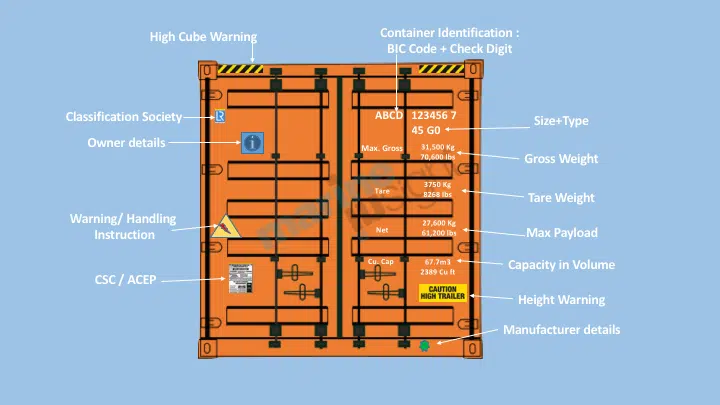
Container Number
The container marking is the primary identification marking on the door end of an ISO container. It consists of seven numbers and four letters, which the ISO allots to identify every container to its owner. The number is unique for everyone and is registered for the records with the Bureau International des Containers (BIC), Paris.
Suppose the container number, as shown in the diagram, is-
ABCD 123456 7
Here, the first three letters, i.e. ABC, denote- Code for the Owner of the container.
The 4th letter, D, provides -the container category.
The first six numbers, i.e. 123456, are the container serial numbers.
The last number, i.e. 7, is- the check digit, used to validate if the owner or product group code and the registration number have been accurately transmitted.
Owner’s Logo
The shipping line or container vendor’s logo/name is provided on the end door.
ISO Code
The ISO container code is stencilled below the container identification number. It provides the details of the type of container, i.e. GP (for general purpose), DV (for a dry van), etc. and denotes the container size. For if the ISO code below the container identification number is 45 G0, the first number, i.e. “4”, denotes the code length (40 ft), and the second number, i.e. “5”, is the code for width. The last two alpha-numeric characters show the type and subtype of the ISO container.
Weights & Payload
The container details and cargo weight are also marked on the end door.
– The weight of the shipping container: The true weight of an empty container provided by the manufacturer after the manufacturing process.
– Payload: This is the maximum cargo weight an approved ISO container can carry
– Gross Weight: The total weight of container and cargo within the safe limit
Approved Classification Society label
Before a shipping company uses the container for cargo transfer, an approved classification society tests it for seaworthiness and compliance with the ISO standards. The class label is also provided on the end door of the container.
Cube or volume
The container’s cubic capacity or volume is marked on the end door.
Warning and Operational Signs
The container may carry various warning labels and signs depending on the type of cargo it is moving. For example a heightened container will contain the height or warning stripes on the top part of the container. Similarly, a container carrying hazardous cargo will have a warning sign about the type of hazard or cargo associated with it.
Certifications
Different certificates which are occupied by the container need to be displayed using plates, such as:
CSC plate: The Container Safety Convention plate shows the ISO container has been inspected and tested by approved authorities. It also contains details of the owners and other technical specifications.
ACEP stands for Approved Continuous Examination Programme and is provided in the container. This is a safety program for shipping containers, wherein the container under it has to undergo an extensive inspection in a container depot every 30 months of its service. The container owner will renew the ACEP every ten years.
For a seagoing professional or anyone who wants to transport cargo through shipping containers, it is essential to understand different shipping container dimensions, nomenclature, signals, symbols and signs displayed not only in various parts of the ship but in the cargo containers too.
If you think we missed something or should add more specifications related to the shipping container, please provide your valuable comments below.
Source: Marine Insight
